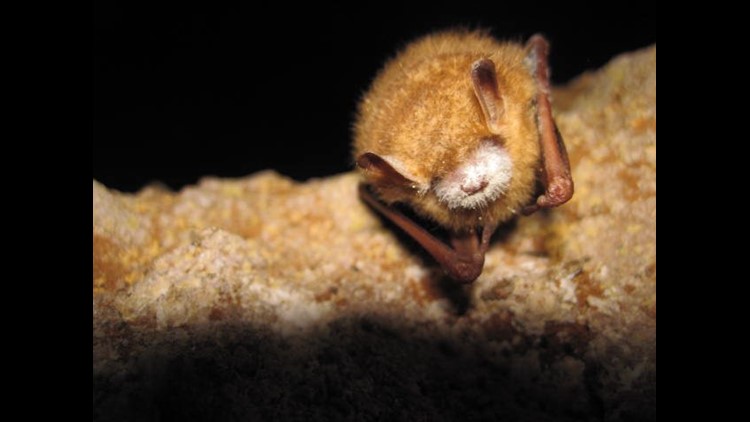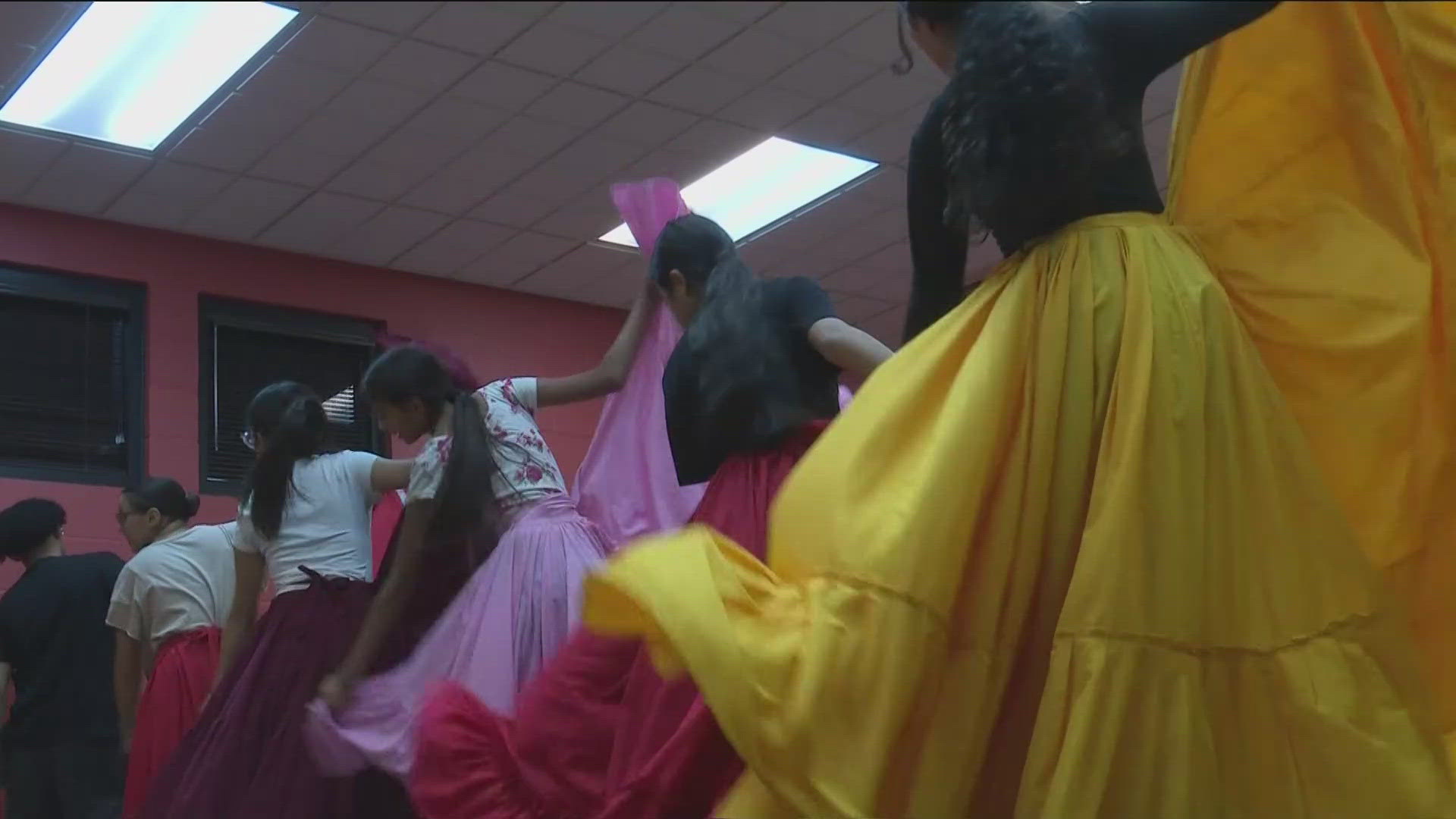Two nonprofits have announced they'll put $100,000 toward fighting a fungus that is wiping out several species of cave bats.
Bat Conservation International and the Tennessee Chapter of The Nature Conservancy will give $100,000 in funding to support three research projects to fight white-nose syndrome.
The lethal disease, caused by Pseudogymnoascus destructans fungus, was named for the powdery flecks it forms on bats' muzzles. This past winter, researchers surveying caves in the Great Smoky Mountains National Park found a decline of 83 percent to 94 percent among the six bat species living there. The park has closed caves in an attempt to minimize the spread.
The projects the two organizations will fund vary widely in their approaches to managing the fungus.
"We need to have many different tools in our toolbox," said Katie Gillies, Imperiled Species director for Bat Conservation International. "With the recent jump of white-nose syndrome to Washington State, more than 1,300 miles from the nearest confirmation of the disease in the east, it is important now more than ever to have a range of tools in our arsenal against the fungus. There isn't likely to be a single silver bullet, as white-nose syndrome is affecting several species across a broad geographic area. Developing a suite of tools is likely to be more effective than putting all our eggs in one basket."
One project, proposed by Dr. Jeff Foster at Southern New Hampshire University, uses an environmental cleaning agent — chlorine dioxide, already widely used to sanitize fruit, eggs and drinking water — to reduce the amount of fungus in human-made bat hibernation sites, like mines.
Another, proposed by Dr. Maarten Vonhoff at Western Michigan University, will use the natural biopolymer chitosan to treat bats in the wild, to see if it increases the survival of bats exposed to the fungus.
The third, proposed by Dr. Craig Willis at the University of Winnipeg in Canada, will test the safety and efficacy of two antimicrobial and enzyme inhibitor treatments for white-nose syndrome, hoping at least one can help bats better survive exposure to the fungus.
Great Smoky Mountains Park wildlife biologist Bill Stiver told the News Sentinel in March that a small percentage of bats survive the fungal infection, "but we're not sure why."
Since its 2006 arrival in North America, white-nose syndrome has killed more than 6 million bats of seven different species. It's been found in 29 U.S. states and five Canadian provinces.
Both organizations are soliciting donations to fund research into the problem, at www.batcon.org/wns_donate or www.nature.org/tngiving.



